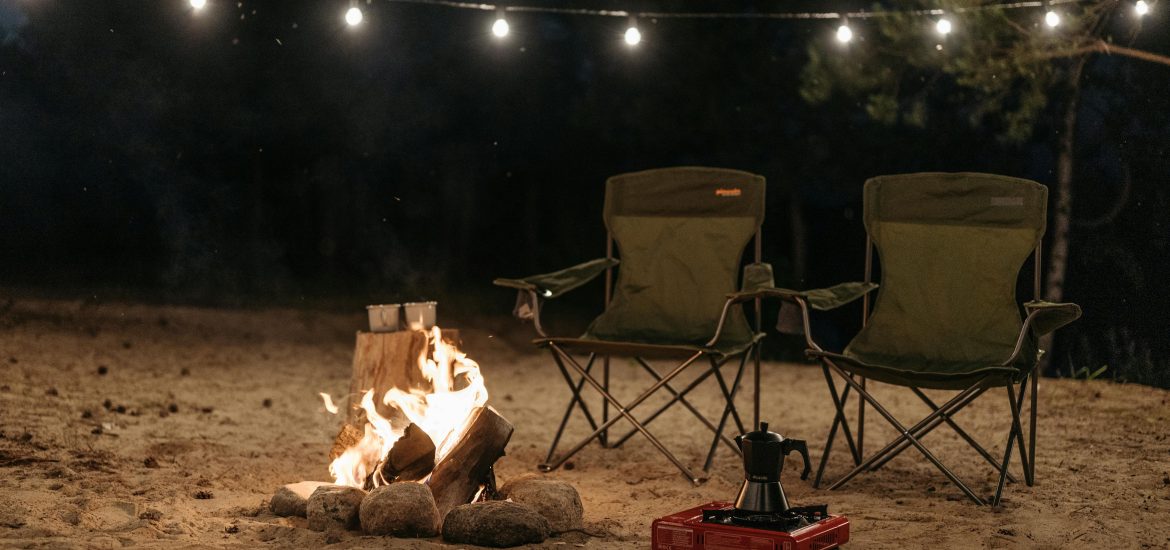9 Most Forgotten Camping Items That Could Ruin Your First Trip

Despite your best intentions, camping list essentials can be overlooked when you’re excited about your adventure.
Toilet Paper
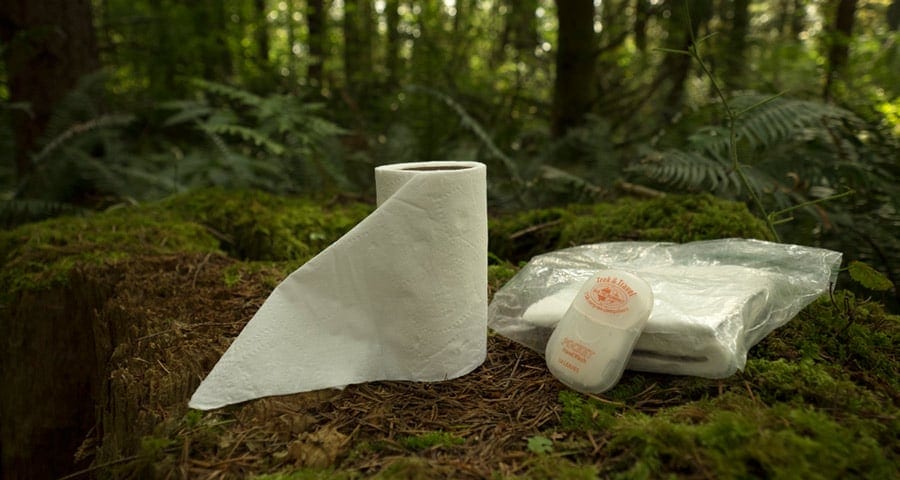
Image Source: REI
Toilet paper tops the charts of the most forgotten camping items, yet it’s one that can cause considerable discomfort when missing. Nearly every experienced camper has a story about that one trip where this essential was left behind, leading to some creative problem-solving in the wilderness.
Why toilet paper is forgotten
Toilet paper often gets overlooked during packing for several reasons.
Another common reason is simply rushing through your packing process.
Furthermore, toilet paper doesn’t naturally group with other camping equipment. While you remember your tent, sleeping bag, and cooking supplies, bathroom necessities might be packed separately or at the last minute, increasing the chances they’ll be forgotten altogether.
Some campers also underestimate how much toilet paper they’ll need. Even if you remember to bring a roll, not bringing enough can leave you in a predicament halfway through your trip. Consider that toilet paper serves multiple purposes beyond its primary function:
- Removing bugs and slugs that sneak into your tent
- Cleaning up spills around your campsite
- Serving as napkins for messy meals
Acting as emergency kindling for fires
Why toilet paper matters on a camping trip
In remote camping locations, toilet paper becomes a comfort item you’ll quickly appreciate.
Toilet paper is fundamental to maintaining hygiene standards while enjoying the outdoors.
How to avoid forgetting toilet paper
Making toilet paper a permanent item on your camping list essentials is the simplest way to avoid forgetting it. Create a dedicated toiletries kit for camping that includes toilet paper and stays with your gear between trips.
Consider storing compressed toilet paper tablets in your emergency kit.
For efficient packing when deciding what to bring camping, look for camping-specific toilet paper options.
Remember to plan for proper disposal as well.
Experienced campers recommend packing extra rolls. Even if you think one is sufficient, pack a second as a backup.
By treating toilet paper as an essential rather than an afterthought, you’ll ensure this small item doesn’t become the big story of your camping trip.
First Aid Kit
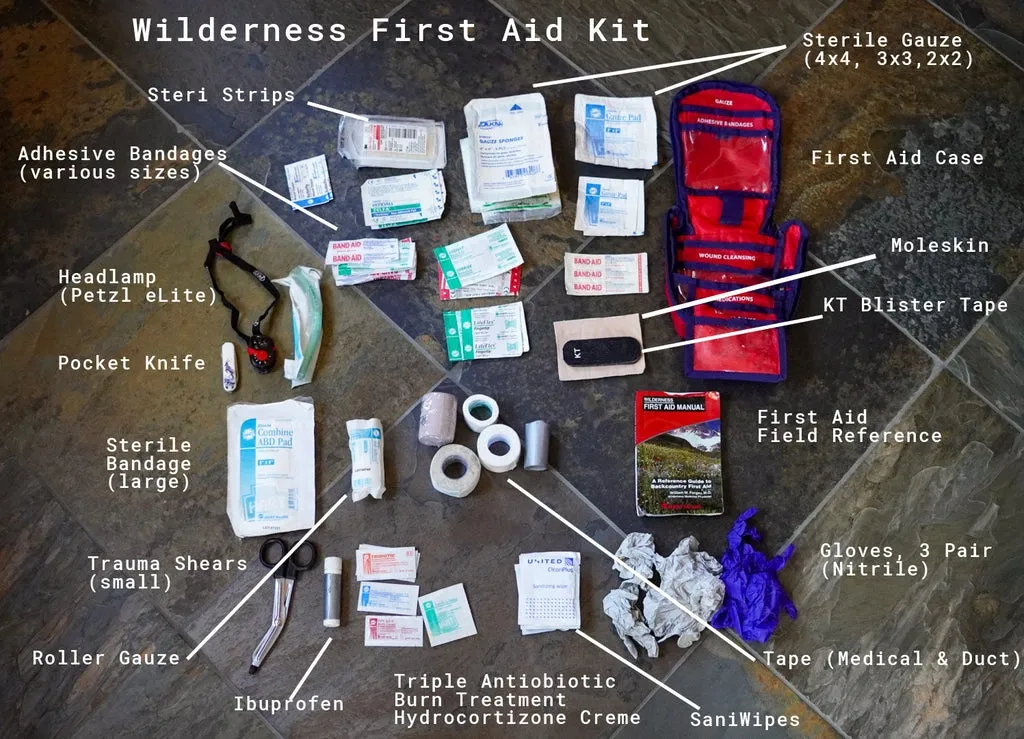
Image Source: Blackbird Mountain Guides
A complete first aid kit ranks among the most forgotten camping items, yet its absence can transform minor injuries into major problems. Unlike more obvious essentials, medical supplies often remain tucked away in storage between trips, making them easy to leave behind.
Why first aid kits are overlooked
First-time campers frequently assume campgrounds will have medical facilities nearby, leading them to underestimate the need for personal supplies.
For many outdoor enthusiasts, first aid supplies don’t naturally group with other camping equipment. Consequently, while you remember sleeping bags and cooking gear, medical necessities might be packed separately or hastily at the last minute.
Why a complete first aid kit is essential
The importance extends beyond major emergencies.
How to ensure your kit is ready
Basic supplies: Adhesive bandages, gauze pads, medical tape, antiseptic wipes, antibacterial ointment, tweezers, scissors, and disposable gloves Medications: Pain relievers, antihistamines, anti-diarrheal medication, hydrocortisone cream, and any personal prescriptions Emergency items: Instant cold packs, emergency blanket, and a first aid manual
Of course, knowing how to use these items is as important as having them.
Should you discover you’ve forgotten your kit, improvise with what’s available.
When deciding what to bring camping, remember that a complete first aid kit isn’t just an optional extra—it’s a fundamental necessity that could potentially save your outdoor adventure… or even a life.
Fire Starter or Matches

Image Source: Black Beard Fire Starters
Imagining a camping trip without fire is like envisioning a night without stars. Yet fire starters and matches frequently appear on lists of most forgotten camping items, leaving many campers literally in the cold when they need warmth most.
Why fire starters are forgotten
Fire starters typically get overlooked for surprisingly simple reasons. Many campers report buying multiple packs of matches and lighters over the years yet somehow managing to forget them repeatedly. This common oversight happens because these small items don’t naturally group with larger camping equipment during packing.
Another scenario involves taking matches or lighters out to check or use them, then neglecting to return them to your camping gear. This oversight can leave you without a crucial tool when you need it most. Even experienced campers admit to this mistake, comparing lost fire starters to “socks in the washing machine” – they simply vanish despite your best intentions.
First-time campers may underestimate how essential fire starters are, assuming they can easily find or borrow them at a campground. Unfortunately, this assumption often leads to disappointment when reality sets in miles from civilization.
Why fire starters are crucial for camping
Fire serves as one of the most essential elements for any camping trip, providing multiple critical functions:
- Warmth and comfort: Fire offers immediate heat in cold weather, ensuring cozy nights and preventing dangerous exposure to elements
- Cooking capability: Without fire, preparing hot meals becomes impossible, potentially affecting your nutrition and energy levels
- Emergency resource: In survival situations, fire can be literally lifesaving, offering emergency heat when needed
- Safety element: Fire helps repel wildlife and provides psychological security in unfamiliar surroundings
- Practical utility: From boiling water to signaling for help, fire serves numerous functional purposes
The absence of fire can transform your camping experience from enjoyable to challenging – or in extreme circumstances, dangerous. Fire starters rank among the Ten Essentials for outdoor adventures, according to REI guidelines, underscoring their importance.
How to remember your fire source
Experienced campers recommend bringing SEVERAL fire-starting options on every trip. This redundancy ensures you’re never without the means to create fire, regardless of conditions. Each option is small and lightweight, hence won’t significantly impact your packing.
Consider these approaches to never forget your fire source:
-
Attach a fire starter to your keychain. This ensures you always have a reliable source of sparks, even if you forget other options.
-
Store matches in waterproof containers. Small Nalgene bottles or other waterproof cases protect matches from moisture while keeping them visible in your pack.
-
Diversify your fire options. Combine traditional methods (matches, lighters) with more durable alternatives (magnesium fire starter, ferrocerium rods) that work in adverse conditions.
-
Create a dedicated fire kit. Designate a small, brightly colored pouch containing multiple fire-starting tools that stays permanently with your camping gear.
-
Place fire starters in multiple locations. Store options in different compartments of your pack or vehicle to increase the chances that at least one will be available when needed.
When adding items to your camping list essentials, remember that fire starters should never be an afterthought. Deciding what to bring camping involves prioritizing necessities, and few items are more fundamental than reliable fire sources. Nonetheless, as with many critical camping items, their importance becomes most apparent precisely when they’re forgotten.
Portable Phone Charger
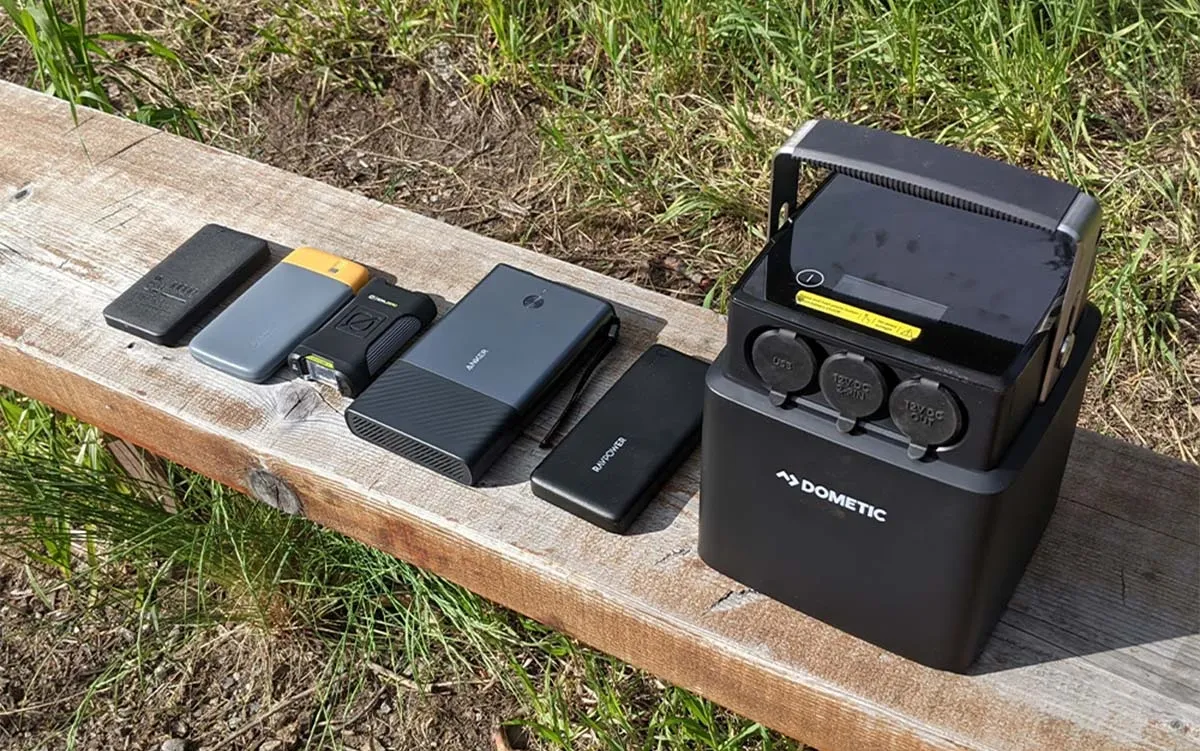
Image Source: Outdoor Life
Modern camping adventures now include electronic devices, yet portable phone chargers consistently rank high among the most forgotten camping items. Your smartphone serves as camera, GPS, emergency beacon, and entertainment device—making a dead battery more than a minor inconvenience in the wilderness.
Why portable chargers are missed
Another common scenario involves assuming campgrounds will have electrical hookups.
Portable chargers often fall into that gray area between camping equipment and everyday items. Subsequently, they might be removed from your camping gear between trips and forgotten during the packing process. This disconnect between everyday use and camping preparation makes power banks particularly easy to overlook when deciding what to bring camping.
Why staying charged is important
Keeping your phone charged while camping isn’t merely about posting wilderness selfies. Most importantly, a functioning phone provides critical safety benefits:
Location tracking: Your phone enables rescue services to track your location if you become lost or injured Weather monitoring: Access to weather forecasts helps you prepare for changing conditions, particularly important in mountain environments Emergency communication: Maintaining contact with the outside world provides a crucial safety net in remote areas
Beyond safety considerations, your devices serve practical purposes throughout your trip.
How to pack your charger smartly
When adding a portable charger to your camping list essentials, consider capacity first.
Store your power bank properly to maximize its effectiveness.
Pack redundant charging options for added security. Consider these alternatives:
- Standard power banks: Compact, lightweight options for basic charging needs
Solar chargers: Harness sunlight to recharge devices during daylight hours Car chargers: Utilize your vehicle’s power when car camping
For backpacking efficiency, look for multi-purpose devices that serve dual functions.
Finally, implement battery-saving practices throughout your trip.
Bug Spray and Sunscreen
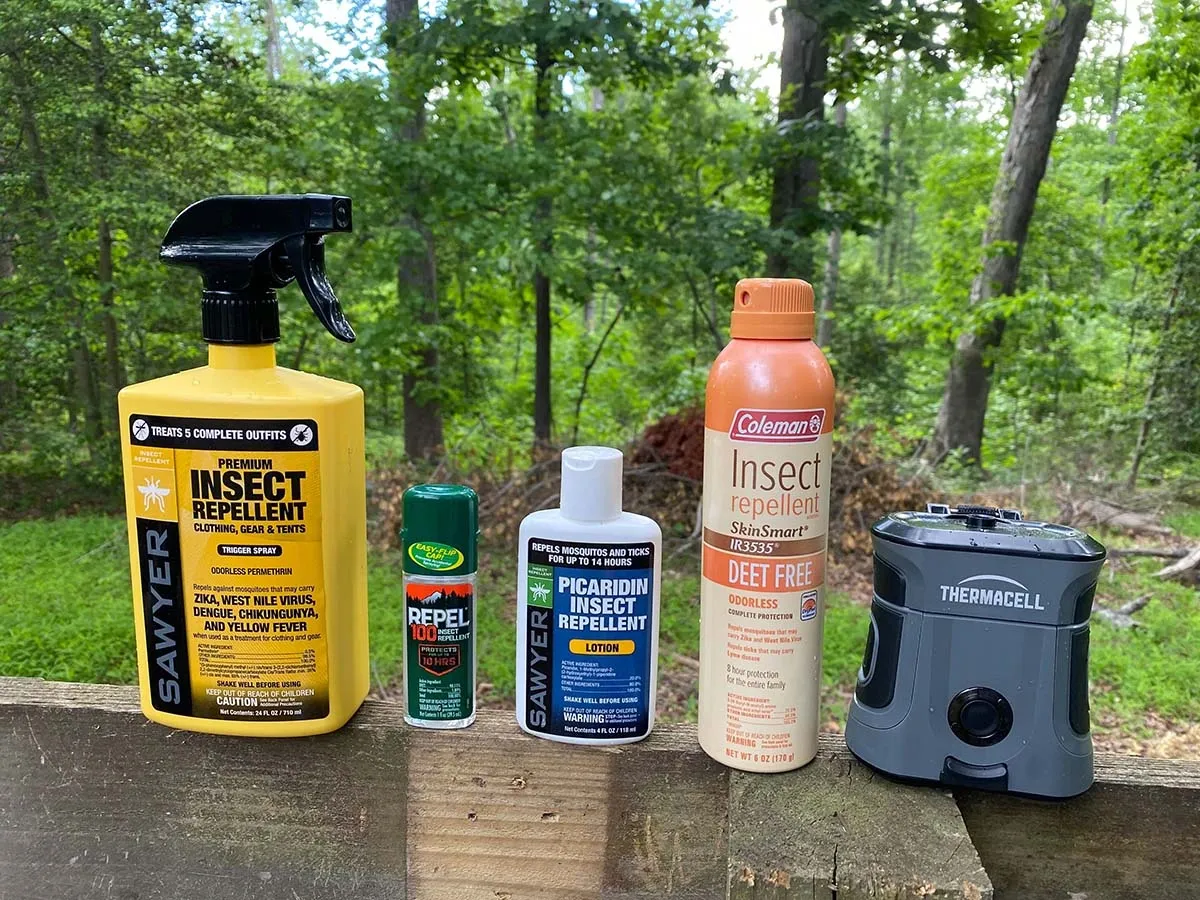
Image Source: Outdoor Life
Few items can ruin an outdoor adventure faster than sunburn and insect bites, yet bug spray and sunscreen frequently appear on lists of most forgotten camping items. These protection essentials often get left behind precisely when you need them most – in the great outdoors.
Why bug spray and sunscreen are forgotten
First-time campers commonly assume these protection items will be available for purchase at campgrounds or nearby stores. Unfortunately, this assumption leads to disappointment when remote locations offer no shopping options.
Another reason involves the timing of packing. Many campers report forgetting one or both items until they’re already experiencing the consequences. As one experienced camper notes, “When I was younger, I ALWAYS seemed to forget to pack sunscreen and bug spray. Did I regret it?
Storage location contributes to overlooking these essentials. Unlike gear stored with camping equipment, protection products typically live in bathroom cabinets or personal care areas of your home. Consequently, they don’t naturally join the packing process with tents and sleeping bags.
Why they’re essential for comfort and safety
Beyond mere comfort, these items provide crucial health protection.
For maximum effectiveness, application order matters greatly.
How to make them part of your camping list essentials
Create a dedicated “protection pouch” containing both items that stays permanently with your camping gear. This simple organization tactic prevents these essentials from being separated from your equipment between trips.
Remember that sunscreen requires more frequent reapplication than bug spray.
When selecting products, opt for:
- Sunscreen with SPF 30+ and broad-spectrum protection
- EPA-registered insect repellents with DEET, picaridin, or oil of lemon eucalyptus
Store protection products in sealed plastic bags to prevent leakage that could damage other equipment.
Dishwashing Tub or Cleaning Supplies
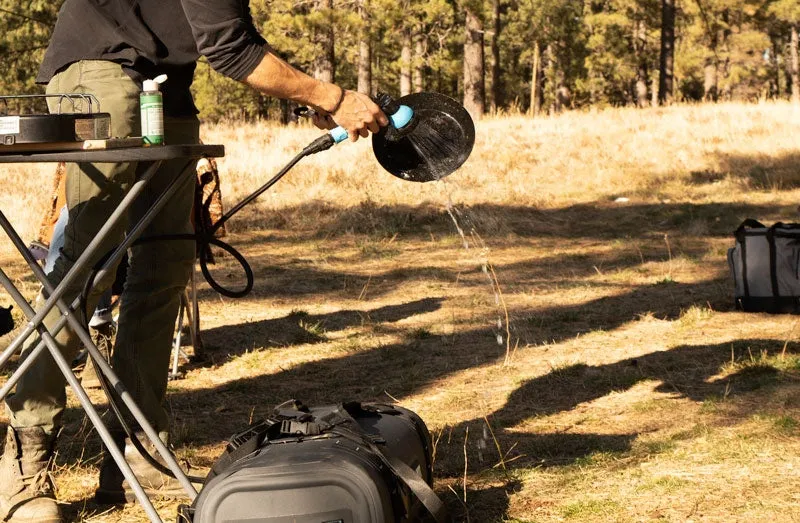
Image Source: RinseKit
After a delicious campfire meal, dirty dishes quickly become an unwelcome reality. Yet dishwashing supplies consistently appear among the most forgotten camping items, leaving many campers scrubbing pots with pine cones and lake water out of desperation.
Why dishwashing gear is overlooked
Even experienced outdoor enthusiasts admit to this mistake.
Indeed, cleaning supplies represent that unfortunate category of items remembered precisely when needed—and not a moment sooner.
Why it matters for hygiene and convenience
Proper dish cleaning prevents bacterial growth that could otherwise lead to illness. Beyond health concerns, dirty dishes attract wildlife to your campsite—creating potentially dangerous encounters with animals seeking food residue.
Environmental protection remains equally important.
Practically speaking, maintaining clean cookware ensures each meal tastes as intended without flavors from previous dishes interfering. Few experiences diminish camping enjoyment faster than eating breakfast tasting faintly of last night’s fish dinner.
How to pack dishwashing essentials
Create a dedicated cleaning kit containing these camping list essentials:
Collapsible camping sink or plastic tub Biodegradable camp soap Scrubbing pad or sponge (antimicrobial options like Scrub Daddy work well) Microfiber towel for drying Pot scraper to remove food residue Fine-mesh strainer for filtering food particles Small trash bags for food waste
Establish a consistent dishwashing process: first, scrape all food residue into trash bags.
Eventually, with practice, your dishwashing routine will become as seamless as the rest of your outdoor skills—provided you remember to pack the supplies first.
Extra Socks
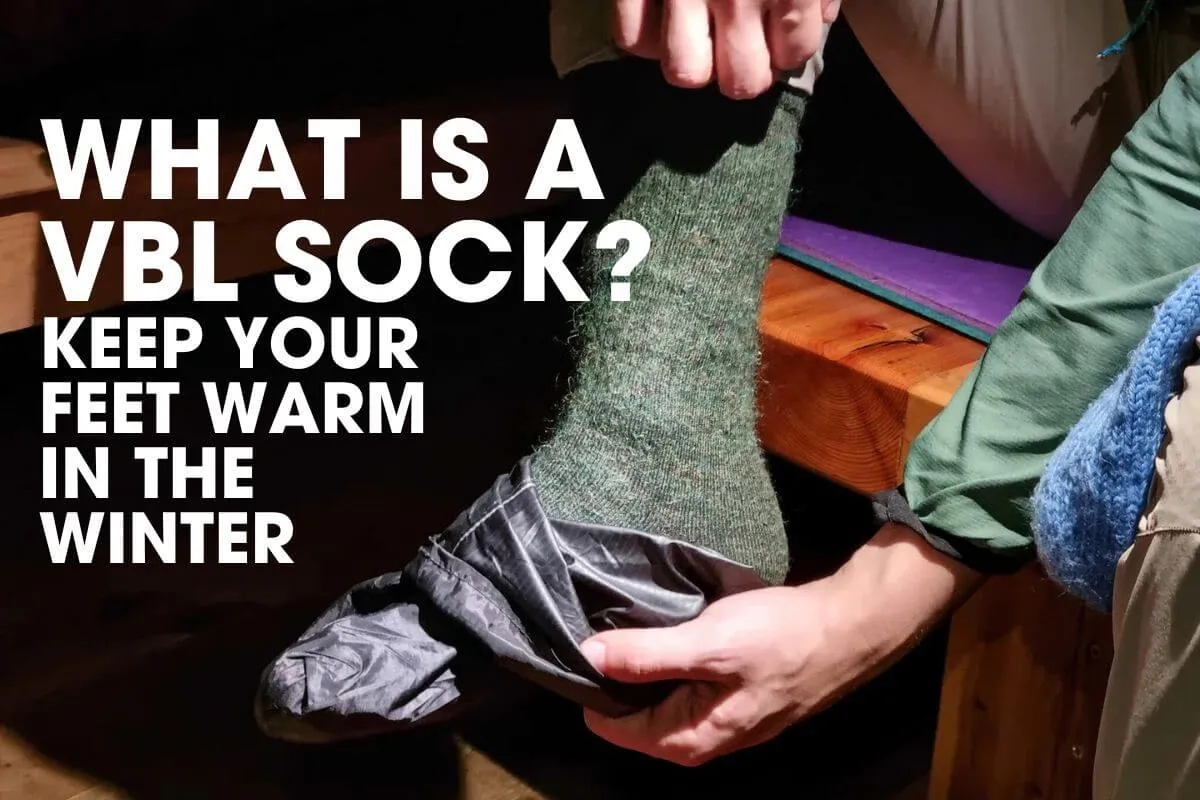
Image Source: Northern Lite
Dry socks might seem like a minor detail on your camping checklist, yet they consistently rank among the most forgotten camping items that can dramatically impact your outdoor experience. That extra pair you leave behind often becomes the most missed item once you’re in the wilderness.
Why extra socks are forgotten
Many campers focus on tents, sleeping bags, and food while overlooking the humble sock. Typically, this oversight happens because socks aren’t stored with other camping equipment—they live in dresser drawers far from your gear. As one camper notes, “I’m really particular about my feet staying warm and dry, and I’ve been so mad at myself when I forget to pack an extra pair.”
First-time adventurers often underestimate how quickly socks become wet or dirty in outdoor settings. Rain, unexpected stream crossings, morning dew, and perspiration can all leave your feet damp within hours of starting your trip. Surprisingly, even experienced hikers sometimes pack inadequately, bringing only the pair they’re wearing.
Why dry feet are critical outdoors
Beyond mere comfort, keeping your feet dry is fundamental to your camping health and safety. Wet feet quickly develop painful blisters that can end a trip prematurely. For multi-day expeditions, persistent moisture inevitably leads to fungal infections that make each step miserable.
In colder conditions, the stakes become even higher. Wet socks rapidly drain body heat through your feet, potentially leading to frostbite in freezing temperatures. Above all, dry feet are essential because “if your feet are dry, they are far more likely to stay warm.”
Temperature regulation represents another crucial benefit of fresh socks. Even summer nights can get chilly, making quality socks important for regulating warmth and wicking away moisture throughout your adventure.
How to pack socks the smart way
Consider this sock math for your camping list essentials: Take your trip length, divide by two (plan to wear each pair twice), then add one extra pair. For a six-day trip, pack four pairs total.
For materials, avoid cotton entirely—it absorbs moisture instead of wicking it away. Opt for merino wool socks, which insulate even when damp and naturally resist odors. Wool socks are “the way to go, 100%” despite their higher price point.
Store clean socks in waterproof bags or containers to protect them from unexpected moisture. Practically speaking, consider dedicating one pair exclusively for sleeping—putting on dry socks before bed can significantly improve your overnight comfort when deciding what to bring camping.
Plastic Tablecloth
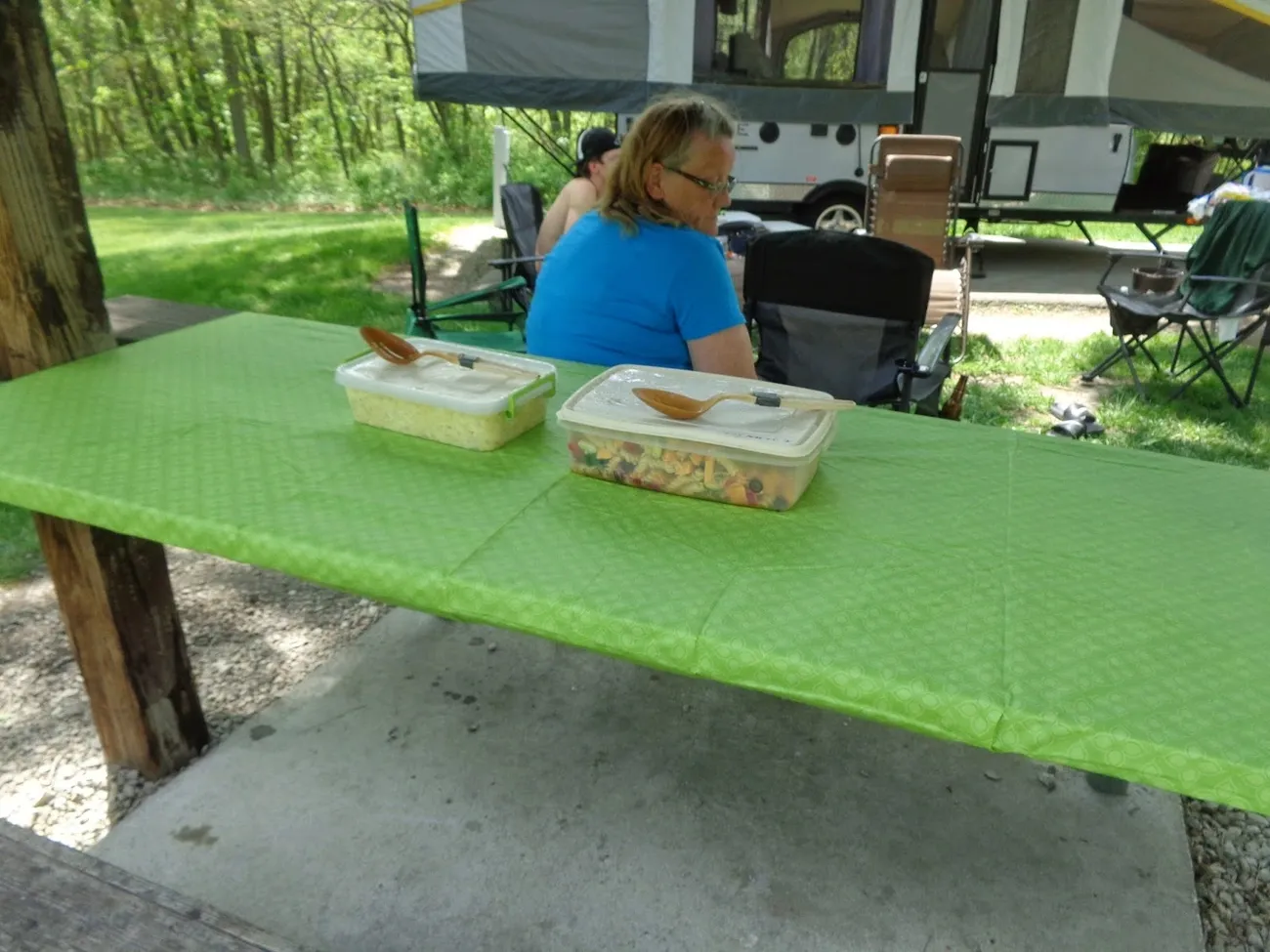
Image Source: It’s My Life
A humble tablecloth might be one of the most forgotten camping items, yet this simple addition can transform your dining experience at any campsite. Upon arrival, you’ll quickly notice that campground picnic tables are rarely pristine surfaces for meal preparation.
Why tablecloths are skipped
Why they improve your campsite experience
How to remember to bring one
Consider keeping a dedicated camping tablecloth that remains permanently with your gear. Alternatively, create a specific checklist for camping list essentials that explicitly includes a tablecloth.
Tent Stakes or Poles

Image Source: REI
Tent stakes and poles form the foundation of your shelter, yet these critical components often top the list of most forgotten camping items. Nothing deflates camping excitement faster than arriving at your site only to discover missing tent parts that render your shelter useless.
Why tent parts are forgotten
Tent stakes and poles frequently get separated from your tent during cleaning or repair and never make their way back to the stuff sack. Much like socks mysteriously disappearing in the laundry, these small items seem to vanish between camping trips – retreating under car seats or migrating to different storage areas. As one experienced camper notes, “Tent stakes go AWOL, ratchet straps retreat under car seats, and paddles migrate out of the shed.”
Why they’re vital for shelter
Simply put, without proper stakes and poles, your tent becomes an expensive ground cloth. Tent poles constitute the skeleton of your shelter, providing essential structure and support. Although seemingly minor, stakes anchor your tent securely to the ground, maintaining stability against wind and uneven terrain. Furthermore, different ground conditions demand specific types of stakes – steel for rocky terrain, aluminum for backpacking, or plastic for soft ground. Proper placement can mean the difference between a peaceful night’s sleep or a collapsed tent during unexpected weather.
How to double-check your gear
First, practice setting up your tent at home before any trip. Getting it wrong in your backyard is vastly preferable to discovering issues in the wilderness. Secondly, create a dedicated checklist specifically for tent components. Thirdly, immediately following each trip, verify all parts returned to their proper storage. Consequently, consider packing extra stakes as insurance against loss or unusual ground conditions. Remember: “Nothing is more annoying than arriving at your camping spot all tired and pulling out your tent for the very first time ever, reading the manual and finding out, that the pegs are not suitable for the kind of ground you’re on.”
Conclusion
Forgetting essential items can quickly transform your exciting outdoor adventure into a frustrating experience. Though seasoned campers might handle these oversights with creative solutions, first-time adventurers face unnecessary challenges when important gear gets left behind. Actually, many camping trips have been cut short because seemingly minor items—like tent stakes or fire starters—were missing from the packing list.
Before heading out, double-check your gear against a comprehensive camping checklist. Additionally, consider creating dedicated storage containers for smaller essentials like toilet paper, matches, and dishwashing supplies so they stay with your camping equipment between trips. These containers prevent items from wandering off or getting separated from your main gear.
Weather conditions can change rapidly outdoors, making those forgotten items suddenly critical for comfort and safety. Extra socks become priceless after an unexpected rainstorm, while sunscreen prevents painful burns that can ruin days of your trip. Similarly, fire starters transform from convenience to necessity when temperatures drop unexpectedly.
Smart campers pack redundantly for truly essential items. Multiple fire-starting options, extra stakes, and backup cleaning supplies ensure you’re prepared regardless of what gets misplaced or damaged. This redundancy might seem excessive during packing but proves invaluable when you’re miles from civilization.
Your camping experience depends largely on thorough preparation. Most importantly, remember that experienced campers aren’t born knowing what to pack—they learned through forgotten items and challenging situations. Each trip teaches valuable lessons about what truly matters in your backpack. Whether planning your first adventure or your fiftieth, careful attention to these commonly overlooked essentials will help ensure your outdoor experience remains memorable for all the right reasons.

